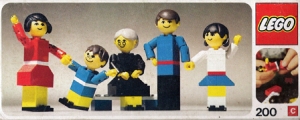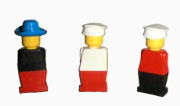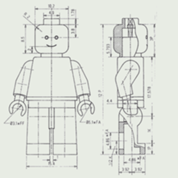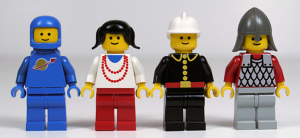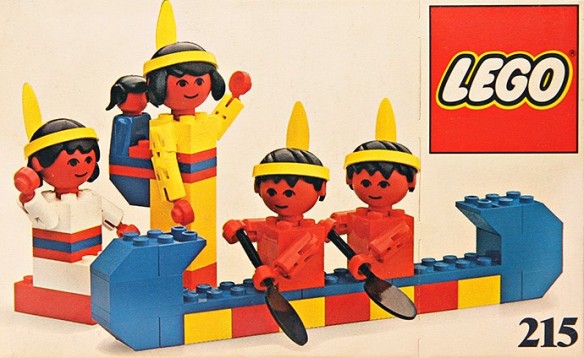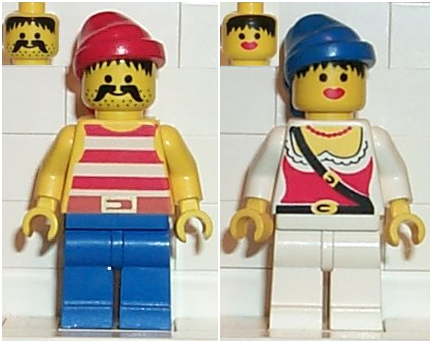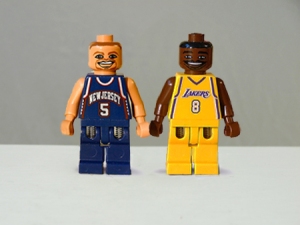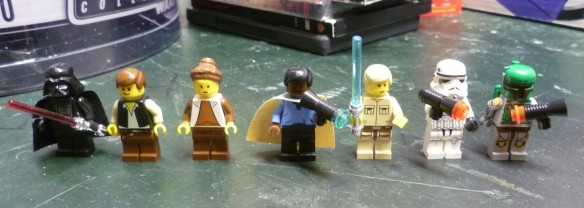My lovely and curious wife asked, “Why do they call them Saltines, instead of just “Salted Crackers.” My initial impulse was to say that it was a brand name, but no the brand name would be Nabisco… and in fact the saltines that she was looking at were generic “Wendy’s” crackers. So then asked “what else ends in -ine?”
- Saltine
- Pristine
- Machine
- Latrine
- Wine
- Twine
- Pine
- Line
- Dine
- Fine
- Brine
- Nine
- Sine
- Cosine
- Spine
- Shine
- Stein
- Visine
- Vaseline
- Valvoline
- Maybeline
- Quarantine
- Marine
- Magazine
- Ravine
- Adrenaline
- Amphetamine
- Cocaine
- Dopamine
- Thorazine
- Flourine
- Iodine
- Supine
- Serpentine
- Lupine
- Porcine
- Swine
- Bovine
- Ursine
- Canine
- Feline
- Piceine
- Recline
- Decline
- Incline
- Refine
- Praline
- Thiotimoline
Pristine and machine came pretty quick and then we were stuck for a while and gave up. An hour later my clever wife said “Wine” which led to a quick series of single syllable words which didn’t seem to bring us closer to solving the mystery at hand, but you never know which parts of brainstorming will lead to something fruitful. If you did it wouldn’t be brainstorming it would just be thinking about something.
The main grammatic thrust of the suffix is either as a chemical ending, or for adjectiving an animal name (especially with the latin root). Adjectiving an animal name is such a specific niche, but you don’t say purpline, and though you could get away with serpentish serpentine is definitely cooler.
The words that seemed to feel most close to Saltine were Vasoline, Visine, Praline.
My favorites were machine, marine, and magazine.
Now on to actual research:
Magazine came from the arabic makhzan (storehouse) and khazana (to store up). The term was used in the military for an ammunitions depot and is now obsolete and is still in use in reference to a “clip” in an (semi)automatic weapon. The term magazine for a periodical came from the first one, “Gentleman’s Magazine,” in 1731. It borrowed it’s use from the inventory sheet of the weapons depot.
Mare is latin for sea, and machina is latin for device (though stolen from the greek maghana which derives from the word for power. So both of these are following the Ursine rule.
Incline recline decline all come from klei (to lean)
Quarantine comes from the Italian (latin) for 40 and the medical definition derrives from the 40 days that ships suspected of carrying plague had to stay anchored in harbor before they would be allowed to dock in Venice.
Dopamine is named for a specific amino acid involved in the pleasure center in the brain.
Let me take this chance to tell everyone that etymonline is awesome.
According to Wikipedia, Saltine actually was a brand name back in 1876, which belonged to a company that eventually became merged with Nabisco in 1898. The use of the word Saltine became too broad to refer to any “soda cracker” and they lost trademark control in 1907. Which makes me realize how old somethings are.

